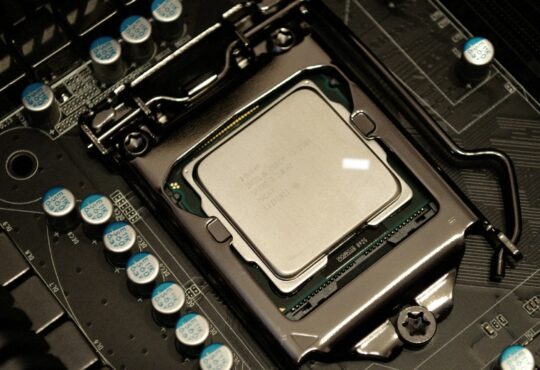As technology advances at a rapid pace, it’s no surprise that the warehousing industry is quickly changing as well. So keeping up with the latest warehousing trends is crucial for businesses to remain competitive. In this article, we’ll explore four of the top warehousing trends for 2023 and how they can benefit your business.
4 Warehousing trends for 2023
Internet of Things (IoT)
The Internet of Things (IoT) is a system of interconnected devices that can communicate with each other without human intervention. In a warehousing setting, this means that machines, devices, and even inventory can be connected to the warehouse management system (WMS) or enterprise resource planning (ERP) system. Through sensors and devices, warehouses can automate systems and track inventory in real-time, leading to increased efficiency and accuracy.
One example of IoT in warehousing is industrial IoT (IIoT), which allows for machine condition monitoring. This technology enables warehouses to schedule service before small issues lead to downtime, reducing the risk of unexpected failures. Monitoring overall equipment effectiveness can be a crucial key performance indicator and will help you keep an eye on your devices and their connections.
RFID: Smaller & Smarter
Radio-frequency identification (RFID) technology has been around for more than a decade and is an automated data collection tool. In recent years, exciting upgrades have been made to the technology. The tags are shrinking while the memory is growing, which increases the possible use cases. Add on the fact that there are reusable RFID tags and this is both an eco- and capital-conscious warehouse tool.
High-quality RFID readers can collect data from RFID tags at a greater distance without requiring a line of sight, which is ideal for high-volume warehouses. The traceability and supply chain visibility provided is used in many facets of the supply chain. They excel at locating assets, and tracking the packages from the distribution center to the customer or retail location. Data collection systems leveraging RFID technology have the potential to produce exponentially more data than barcode systems and much better accuracy.
Mobile Solutions
Mobile solutions can keep employees connected to the WMS or ERP system so they can collect data and share it in real-time. Wearable tech is an example of mobile solutions that allows employees to work hands-free. They eliminate time-consuming, paper-based processes, and reduce human error in combination with apps that streamline workflows.
To maximize the benefits of mobile solutions, warehouses need to make sure they’re maintained and operational. This requires mobile device management (MDM) to manage devices, push updates, and keep them secure. Partnering with an experienced industry provider will help with device selection and a compatible MDM.
Robotics for Warehouse Automation
One of the most significant warehousing trends is robotics in the warehouse. Autonomous mobile robots (AMRs) can save several steps in the pick-and-pack process either completely autonomously or with human assistance. By using robots, warehouses can decrease labor demand, especially critical during labor shortages, and reduce traffic on the warehouse floor, making it a safer working environment for everyone.
Rounding up the warehousing trends
The warehousing industry is continuously changing, and it’s essential for businesses to keep up with the latest trends to remain competitive. IoT, RFID, mobile solutions, and robotics are four of the top trends shaping the industry today. By taking advantage of these technologies, businesses can increase efficiency, accuracy, and safety while reducing labor demands and costs.





